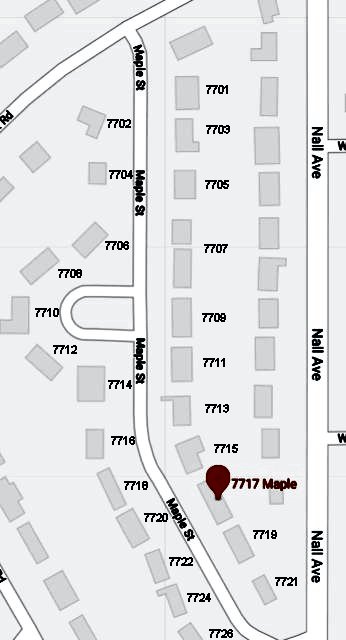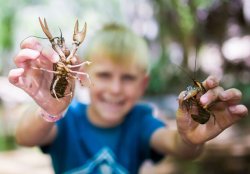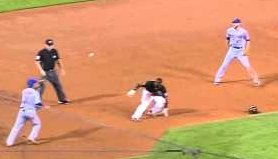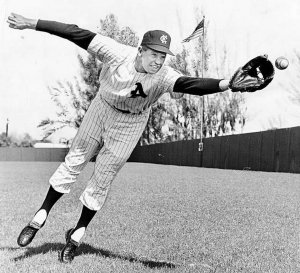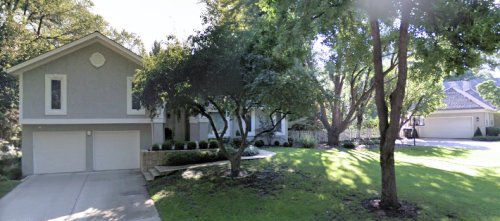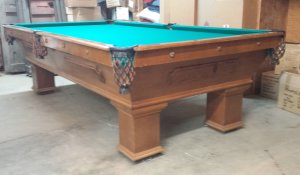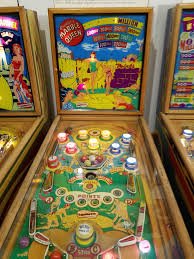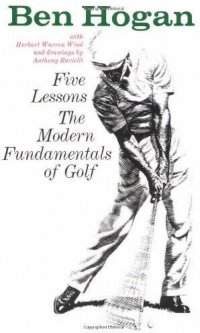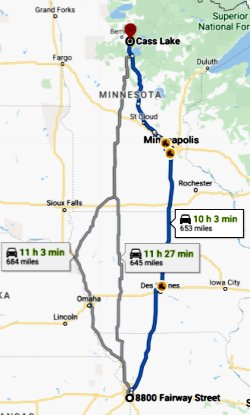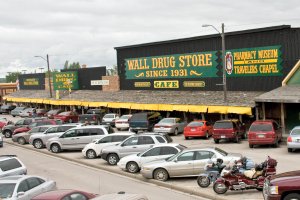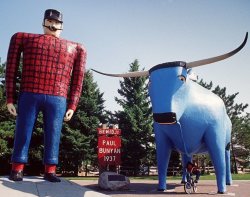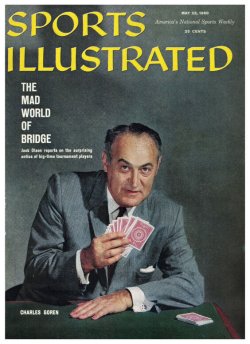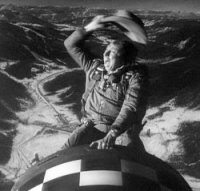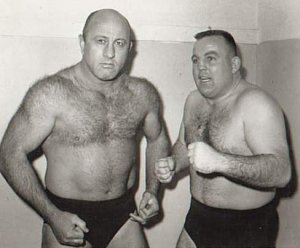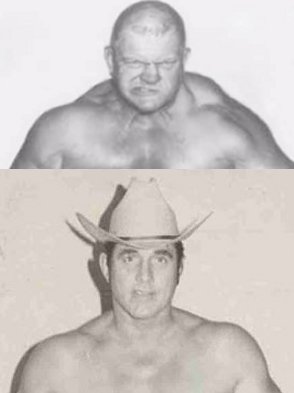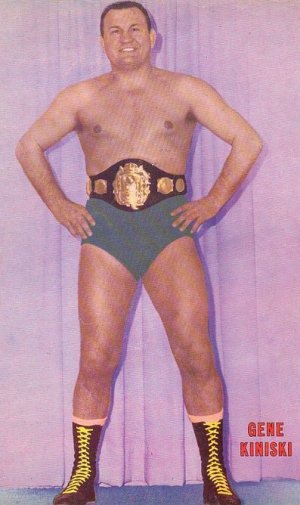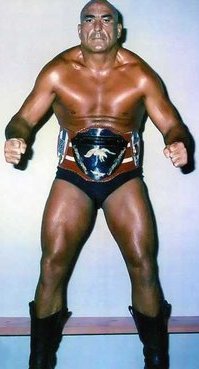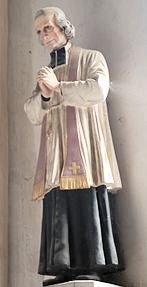Life on a short street in Prairie Village, KS. Continue reading
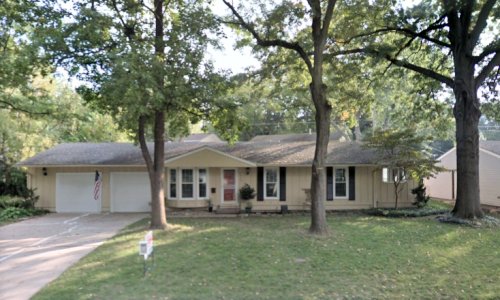 This is 7717 Maple in 2020. We moved into it in 1955. The house that I remember was much different:
This is 7717 Maple in 2020. We moved into it in 1955. The house that I remember was much different:
- It was light blue.
- There was only one garage.
- The window to the left of the door was a picture window, not a bay.
- The shutters look different. I am not sure that there were any.
- The addition on the right is new.
- The trees are much larger. I am not even sure that there were any trees in the front.
- A maple tree on the right between the houses is gone. It is possible that it grew into the huge tree on the right. It was small and skinny when we left in 1962.
- Rooms have been added in the back, too.
Our version of the house contained three small bedrooms, one bathroom, a living room, and a kitchen. There was no basement. It was difficult to entertain company, but it was much more comfortable than the house on Thorp, and it was OURS.
The yard, especially in the back, was steeply sloped. Nall Avenue was at this point quite a bit higher than Maple. The best places to play on our lot were the two side yards, both of which have now pretty much been eliminated by expansions.
I remember an occasion on which my dad and I were playing catch in the backyard. He threw it to me with a lot of loft but not much distance. I ran downhill to catch it, which I did. Unfortunately I my momentum carried me into a corner of our barbecue grill, and it took a small chunk out of the left side of my forehead. It was not that big of a deal. Four or five stitches took care of it. It left a small scar that wrinkles have long since rendered invisible.
Pictured at the right is Maple Street. Nall Avenue on the right is a major street that runs north and south. Tomahawk Road, the street at the top is one of the few streets in the area that is not perfectly straight. To the left (west) it runs to Tomahawk School, which is where Jamie went to kindergarten in 1961-62. At this point it straightens and becomes a north-south street that terminates at 85th. To the right Tomahawk dead-ends at Nall, but at 75th St. it resumes its diagonal route northeast to the Prairie Village shopping center and beyond.
My recollection is that all of the houses on Maple Street were simple ranches. Some had basements, and some did not. The Nall Avenue end of the street was significantly higher than the Tomahawk end. The slope of the street that was south of our house was steep enough for sledding in the winter. The bottom of the cul-de-sac was also lower than the main road, but the slope was not as steep.
Car traffic on Maple was very light. Virtually always the cars entering from Tomahawk or Nall pulled into a driveway. Parking on the street was legal, but people seldom took advantage of this. Kids playing in the street were common. The residents knew to look out for them.
A creek (pronounced “crick” in our neighborhood) ran behind the houses on the west side of Maple. I am not sure of its function. I do not recall finding more than a few inches of water there. It certainly was no barrier to me and my friends if we wanted to go in that direction on foot. Occasionally it was a source of discovery and adventure. I remember that what we called crawdads occasionally appeared.
In 1955 our house was near the southern edge of civilization. A few blocks to the south of us were fields that had been farms only a few years earlier. I remember that while exploring a field I once discovered a mouse nest complete with babies. By the time that we moved the frontier was much farther south.
I inserted house numbers on the above map for all of the other houses on Maple. They may not be the right mailing addresses for some. My purpose was to simplify the references in describing our neighbors, starting with the side on which we lived, the east.
I am not sure who lived in the house labeled 7701. I have a vague recollection that it was an older couple with no kids. I do remember that the house on the Tomahawk side of 7701 did not exist during the period that we lived on Maple. The lot was vacant. I played football there with Don and Steve Wood and a fellow named Tuftadahl who lived on Tomahawk.
The Woods lived in 7703. Don was my age. Steve was one or two years older. They were both athletic and strong. I went down to their house many times through the fifth or sixth grade. I am not sure what happened after that. The family might have moved away.
There was no baseball field within walking distance, but we still spent a lot of summer days involved with the game. I remember many hours spent playing 500 with them. This is a baseball game that involves one player hitting fly balls to the other players. When a player on the receiving end had earned 500 points, he became the hitter.
Our other favorite diversion was hot box, which required three players. Two guys have mitts, and one of them has the ball. The other guy is “in the middle”. He tries to get past one of them. The guys with mitts try to tag him. They can throw the ball back and forth. This process is called a “rundown”. I was good at both aspects of this game, and it contributed to one of the greatest moments of my young life. It is detailed here.
I played on the Sunflower Drugs 3&2 League team with Don. Those adventures are detailed here.
Watching the All-Star Game together in the basement was the highlight of the summer. We all knew all the players from their trading cards.
The Woods were more into army games than cowboys. So, we staged quite a few mock battles with toy guns. I had a pretty realistic double-barreled shotgun that I brought to these engagements. As with the western scenarios the most important thing was to die heroically or at least spectacularly.
In bad weather we played games in their basement. They enjoyed a variation on Monopoly with which I was not previously familiar. The main change to the rules was that if someone rolled doubles, he (there was never a she) was not automatically awarded another turn. Instead, whoever could grab the dice got the free turn. Most of these games ended on a roll of doubles that quickly became a wrestling match over the possession of the dice. I never was involved in any of this grappling, but I did watch in awe when Don and Steve went at it. It usually ended when Mrs. Wood came down and yelled at them.
I don’t remember who lived in 7705. Kim, who rode on the Bluebird with us to QHRS, lived in 7707 or 7709. I don’t remember who lived in 7711, 7713, and 7715. No kids lived in any of those houses.
A family moved into 7719 a few years after we arrived. They had two boys. One was a little older than I was. The other was a little younger than I was. I can picture them, but I can’t remember their names. We played together pretty often, but I only have one really vivid memory. These guys each had a pair of boxing gloves. We had a series of boxing matches. Both of these kids and a few others were there. In the only bout that I was in I hit the other guy quite often, and he hit me almost never. The match was ruled a draw because the other guy “showed that he could take it.” I was upset for a minute or two, but I did not make a scene. Maybe I should say that if I made a scene, I don’t remember the details.
I only had one interaction with the lady who lived in 7721. One winter, probably 1960 or 1961, we had a pretty big snow, close to a foot. She hired me to shovel her walk. I did, but it took me a long time. It was almost dark when I finished. She paid me what we agreed on and added an additional dollar or two. I was grateful enough to remember the incident decades later but not enough to remember her name.
On the west side of the street I never met the occupants of 7702, 7704, or 7706. The Beesons lived in 7708. I think that the father, Bill, was one of our scoutmasters. There were two boys, John, who was one year younger than I was, and Mikey, who was another year younger.
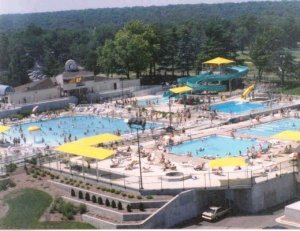
They must have moved in in the late fifties. I don’t remember them being around when I played with Don and Steve Wood. I spent a lot of time with John, however, after that. Both of the Beesons were strong swimmers, much better than I was. Since there was no swimming pool in the neighborhood, we must have gone up to Prairie Village Pool together. It was east of us near Shawnee Mission East High School. I did not really like to go there much. I always got cold, and it was embarrassing because my very flat feet left distinctive footprints—like a duck with toes.
I remembered that we played three-on-three football games on the island of the cul-de-sac. It was especially fun in the snow. I don’t remember who the other players were.
I don’t remember who lived in 7710. Michaelene Dunn, who also rode the Bluebird, lived in 7712. I don’t remember who lived in 7714.
7716 was the home of Ed and Ina Leahy. They were older than my parents by quite a bit, but they were probably their best friends, at least in the neighborhood. Ed was retired. He previously sold some kind of agricultural equipment.
One year Ed drove my dad and me to the Kansas State Fair in Hutchinson. It was 210 miles away, but driving west through Kansas you can make pretty good time. The roads are straight, and the traffic is usually light. I was in the back. I got very tired or maybe just bored. I tried to sleep in the car, but I could not get comfortable.
My clearest memory of the fair was when the guy in the dunk tank sang “The Old Grey Mare” when Ed walked by. He was trying to taunt Ed into buying tickets to rent a softball to throw at the target next to him. Hitting it would send him into the tank. Ed didn’t fall for it.
I was not too impressed with the fair. I had no need for a new harvester, but Ed knew a lot of the guys who had exhibits. The rides have never interested me very much. I never liked the scary ones, and the others are just stupid.
Somehow I had acquired a .410 shotgun. I had fired it at tin cans with Fr. Joe once or twice. Otherwise it remained mounted on my wall. I thought it was cool for it to be there, but I never so much as touched it or let anyone else touch it.
Ed took my dad and me hunting once. It might have been on the Hutchinson trip, but it might have been separate. We drove to a farm somewhere in Kansas to shoot at pheasants after the fields had been harvested. I fired at one at about the same time that someone else did. It came down, but to this day I do not know if I slew the bird, or the other guy did. He had a 12-gauge or a 16, both much more powerful than mine. So, I was probably blameless. I don’t know what happened to the bird’s carcass. I never went hunting again.
The Lotzkars lived in 7718. I think that they moved in a few years after we did. They had two or three kids, the oldest of whom was several years younger than I was.
One year there was a neighborhood picnic and party. I think that the Leahys sponsored it. Someone had a movie camera and showed the result later. I was the oldest kid there. I spent the time showing the Lotzkars how to slide like a ballplayer and climbing the T-shaped clothesline poles.
I babysat for the Lotzkars a few times. I recall that once the parents did not return home until pretty late. I watched Stars and Stripes Forever, the biopic about John Philip Sousa. on the Late Show. I have a low opinion of marches now, but I liked this movie well enough at the time.
Bob and Eleanor Anderson lived at 7720. If they had any kids, they were grown up. I remember my dad talking politics with Bob in the Andersons’ yard in 1960 after Kennedy won the Democratic nomination. My dad opined that the Republicans should have nominated Nelson Rockefeller. Bob replied that the only thing that doing that would prove was that somebody born with a silver spoon in his mouths could bedome president.
One summer day Bob took me to Municipal Stadium for an A’s game—just the two of us. It was a great time. We had very good seats on the first base line. Bob had a foghorn of a voice. Throughout the game he ruthlessly tormented the A’s second baseman, Jerry Lumpe. I did not like Lumpe either for reasons that currently escape me.
Bob’s voice carried so well that people all over the stadium were looking at him. Several ballplayers, including Lumpe, turned their heads in our direction.
I don’t remember the result of the game, but Lumpe went hitless. I think that he made an error in the field, too.
Lumpe was one of those players that the Yankees traded to KC when he seemed to be past his usefulness. To be fair, his best season was 1962, when he hit .301 for the A’s. He was a skinny guy, but he also managed to hit ten home runs that year. His average for the A’s was slightly better than his average for the Yanks. Lumpe died in 2014 at the age of 81.
I think that Bob died before we moved to Leawood. Eleanor continued to live in their house on Maple by herself.
The Wallaces lived across the street from us at 7720. I think that Mr. Wallace’s name was Ken. Her name was Jean. She and my mom were good friends. The Wallaces had three kids: Kenny, Sandy, and Gary. All were younger than I was. Gary was Jamie’s age.
I remember that one day I was for some reason home alone. Jamie must have been with my mom. I did not know where they were, and I got very upset. I think that I was even crying. Jean Wallace saw me and comforted me. A few minutes later our car appeared in the driveway.
Next to the Wallaces in 7722 was the Stivers family. Bill and Marie had two kids, Barbie was Jamie’s age, and Brad was a couple of years younger.
Bill Stivers claimed to have only one vice, fireworks. He bought a lot of fireworks for July 4, and he shot them off well into the night. For some reason this really irritated my dad. The dogs also hated it.
I don’t remember who lived in 7724 and 7726.
My first friend in the area lived in the house on Nall Avenue behind ours (7717). Michael was my age and the oldest son of Wally and Cherie Bortnick.1 Michael also had a sister Donna who was a couple of years younger. There may have been one or two younger kids, too.
Their house had a basement. Whenever there was a tornado, which seemed to be every Friday in May, we would troop up to the Bortnick’s house (and I do mean up) and congregate in the southwest corner of their basement. This was a blast. The chances of getting hit by one of those midwestern tornadoes was minuscule, and if you did get hit, you were probably a goner no matter what. So, it was a great time to party, and we did.
I also remember that for a short while Wally and Michael and I ran around the Nall-Maple-Tomahawk block once or twice in the morning before school. This was in an era when nobody went jogging. I liked doing it, and it might have influenced my later decision to run regularly.
Michael had a chemistry set in the basement. We used to do half-assed experiments together. I enjoyed messing around with it, but it did nothing to inspire me to study the sciences.
The Bortnicks moved away after a couple of years. However, I think that they stayed in the KC area. Michael joined our class at Rockhurst High in sophomore or junior year and graduated with us.
I don’t know who owned the empty lot south of the Bortnick’s house. No one seemed to claim it. Vacant lots just seemed to exist in those days. That one was probably too small for another house.
A girl named Louise lived in the house north of the Bortnick’s. Her last name escapes me. Her mother threw a birthday party for her, and I was invited. All that I remember about it is that we played pin the tail on the donkey. No donkeys were injured. The paper tails were affixed with scotch tape rather than pins.
1. I was shocked to discover that Donna Bortnick died in 2013, and Wally, Cherie, and Michael had all preceded her. In all, Wally and Cherie had eight children—four boys and four girls.

